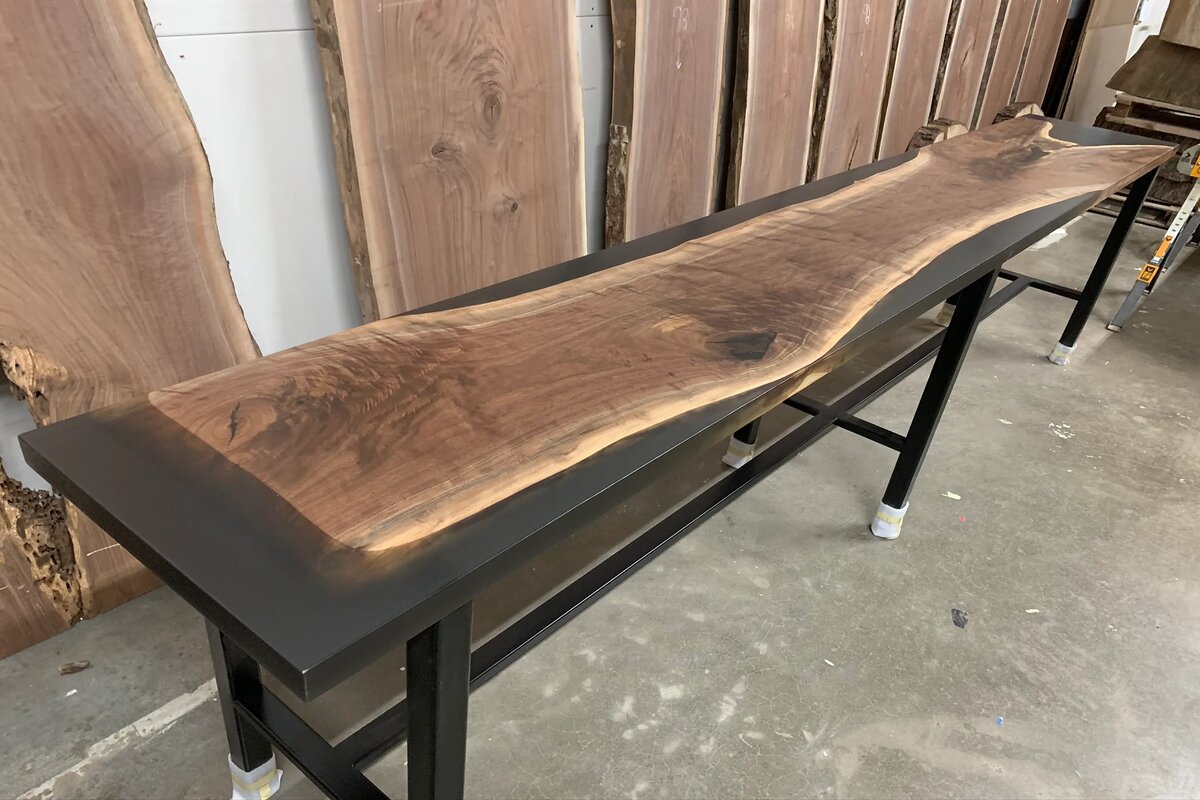Your Cart is Empty

June 11, 2024 3 min read
In the realm of craftsmanship, where creativity meets practicality, there is often a need to tread cautiously. Whether you are engaged in the meticulous art of flattening, the precise skill of sanding, the intricate craft of cutting, or the captivating world of epoxy resin pouring, some safety precautions when working with epoxy resin should always be at the forefront of your mind. In this guide, we will explore the essential measures you should take to ensure your well-being and the integrity of your work when dealing with epoxy resin projects.
First and foremost, let's talk about the pouring process. Before you even start, make sure to wear gloves. Epoxy resin itself is non-toxic, but once it gets on your hands, it can be quite uncomfortable. To address this, it's a good practice to have special wipes on hand in your epoxy workspace, as they work wonders in removing epoxy residue.
Additionally, ensure that you and your team are wearing the appropriate safety gear. This includes safety glasses and earmuffs. These precautions are essential to protect your eyes and ears from any potential harm during the epoxy work.
One of the biggest challenges when working with epoxy resin is keeping it within the mold. Once it spills over, it can quickly become a nightmare to control. Not only does it make a mess, but it can also create a slipping hazard as you track it around. While it's not necessarily a health concern, it's more about maintaining a clean workspace. So, be cautious and focused to prevent resin from escaping the mold.
When working with epoxy, especially during the machining process, you need to be mindful of resin dust and particles. While woodworking projects may not produce much dust, epoxy projects are a different story. The dust collector does a decent job of trapping most of it, but you should still take precautions. Wear a dust mask or respirator when necessary, as this will help protect your respiratory system.
Epoxy resin has a tendency to stick to everything, and your equipment is no exception. Regular cleaning and maintenance are essential. Take the time to clean wide belts, remove epoxy residue from teeth, and ensure that your cross-cut saw doesn't get gummed up. Your team should wear dust masks and respirators while performing these tasks to safeguard their health.
Once epoxy resin has dried and adhered to surfaces, removing it can be a challenge. However, it's not impossible. You can scrape it off the floor or, in some cases, gently hit it with a hammer to create cracks, making it easier to chisel away. It's a bit of work, but it's necessary to maintain a clean and safe workspace.
While large-scale epoxy spills are rare, they can happen, especially when you're just starting to work with epoxy. If you find yourself in such a situation, it's essential to address it promptly. The key is not to panic. Instead, gather the necessary tools and materials to tackle the spill efficiently. It might be a bit challenging, but with the right approach and equipment, you can clean it up effectively.
Working with epoxy resin can be a rewarding experience, but it's vital to prioritize safety. From wearing the right safety gear to managing dust and handling spills, these precautions ensure a safe and productive epoxy resin workspace.
If you have any questions or need further guidance, don't hesitate to contact KC Custom Hardwoods today. Your safety is our top concern, and we're here to help you work with epoxy resin safely and effectively.